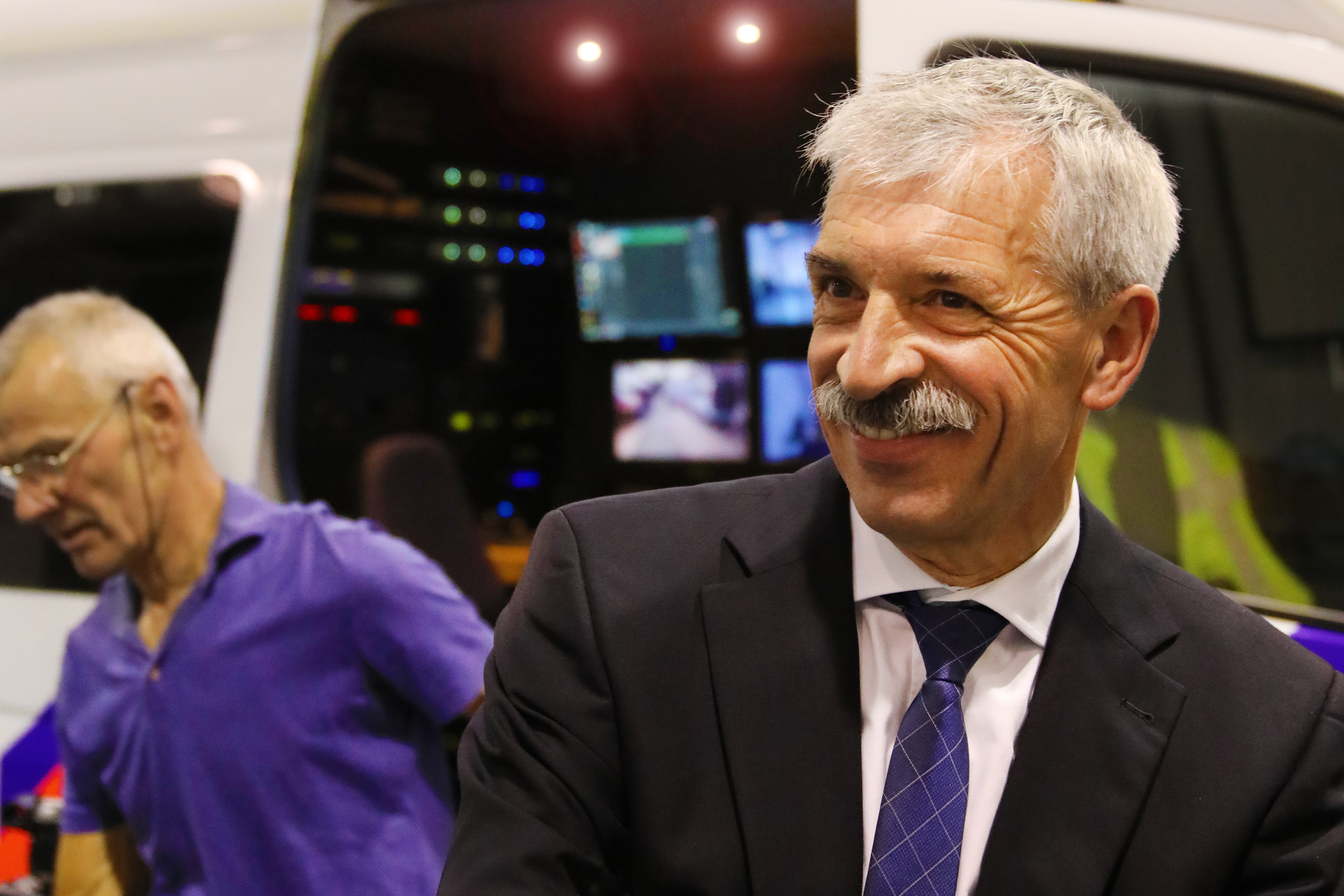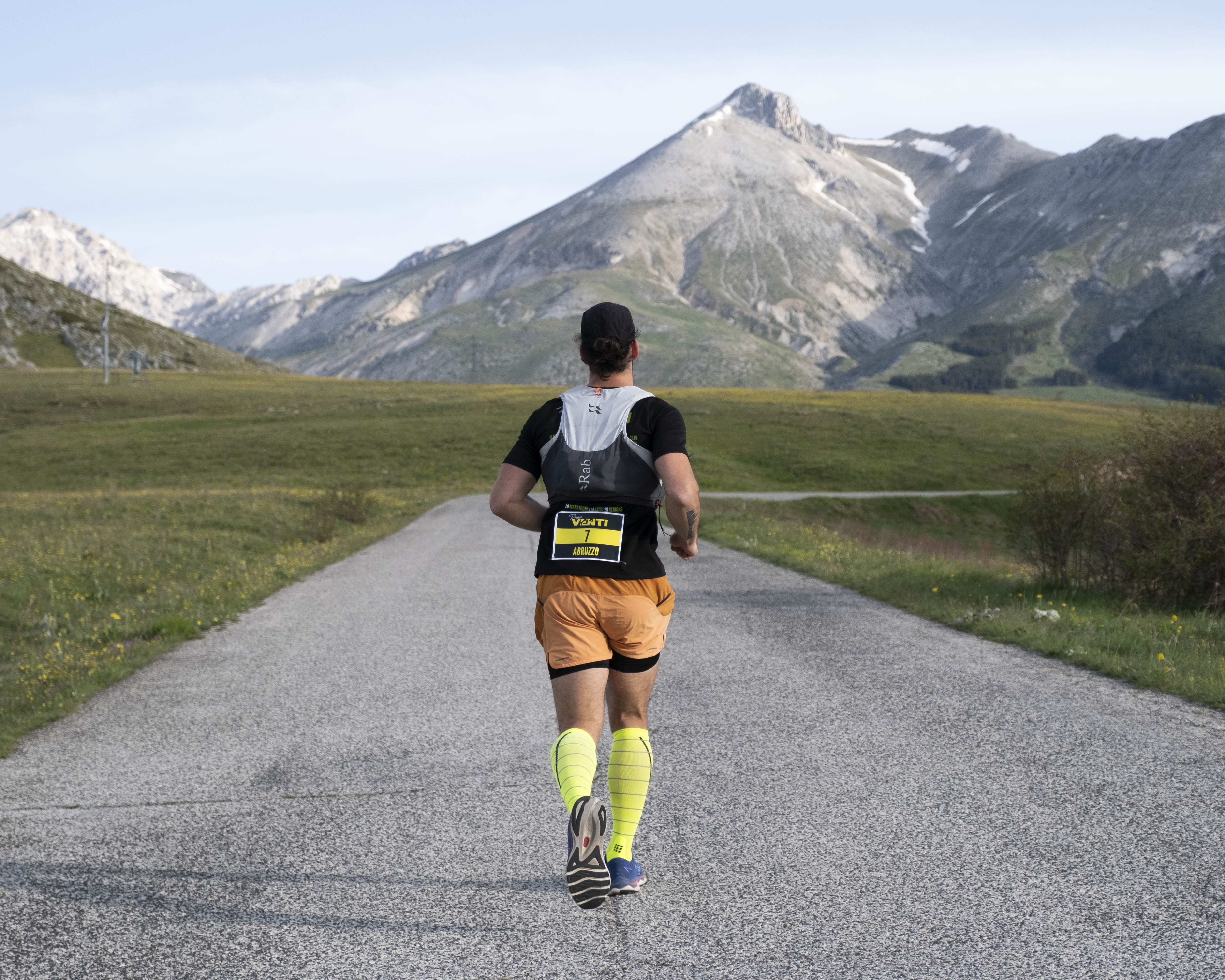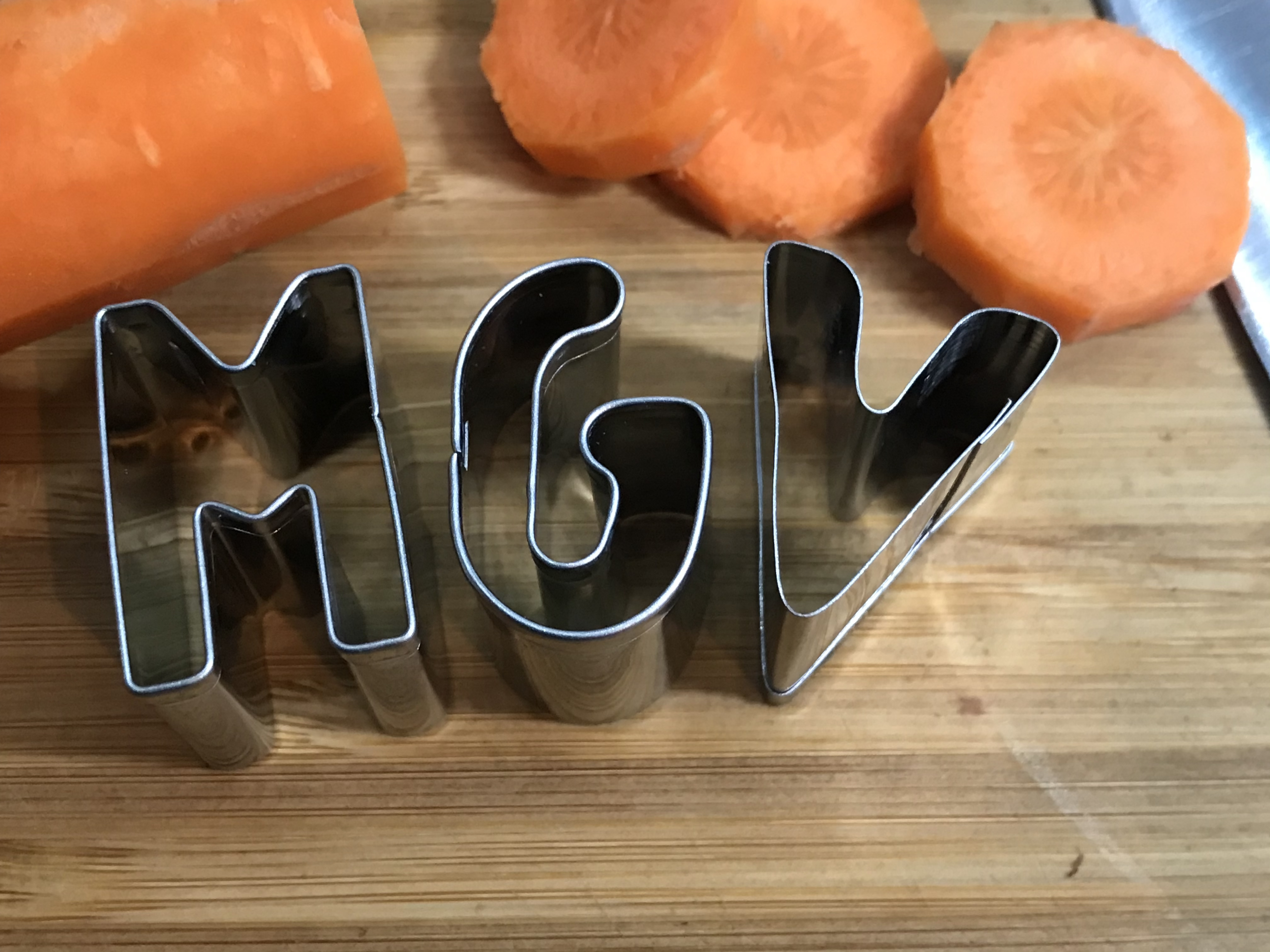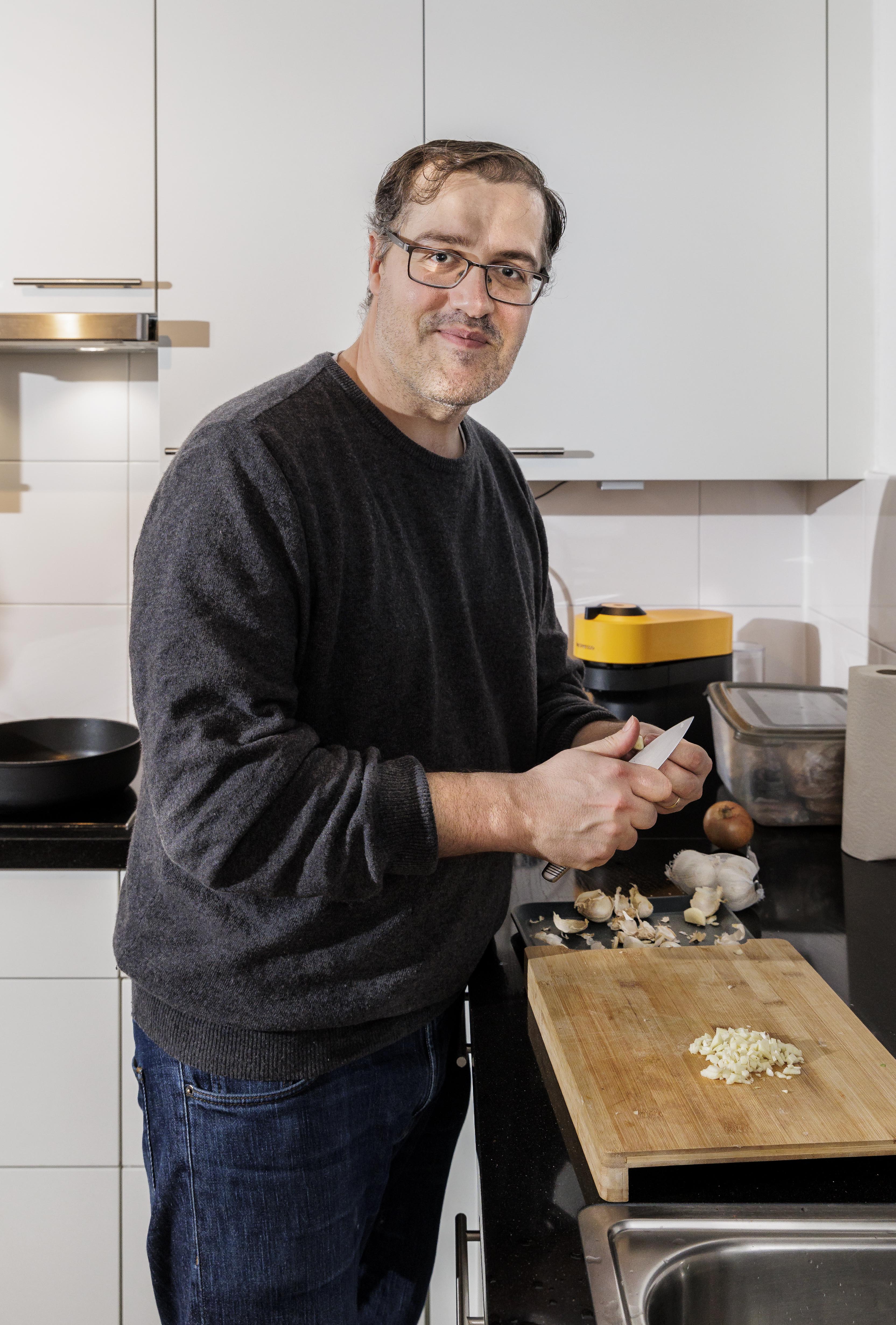A life of learning
Jan van Manen held many positions during his four decades in the police force. Now, as a member of the National Video Reconstruction Team and the Disaster Victim Identification Team, he still works the occasional 60 hour week. But this didn’t stop him from starting, at the ripe age of 55, the Master in Forensics, Criminology and Law at Maastricht University (UM). His next goal: to obtain his PhD on the role of video reconstruction in criminal procedure. “I want to keep on learning and working for as long as possible.”
Van Manen initially joined the police out of idealism. “For me it’s about meaning; I want to contribute to society. I started on the beat in Doorn when I was 21, but pretty soon moved into detective work. I found criminal investigations more rewarding. I get a real kick out of talking to a suspect and seeing what information I can draw out in order to solve the crime.”
Climbing the ladder from detective to team chief, Van Manen eventually became head of internal affairs. Next he coordinated a project aimed at quality improvement, but in 2008, he returned to his old love: investigative work. This time around, the focus was on video reconstruction.
People like you and me
Around 20 video reconstructions are made in the Netherlands each year. They are expensive, and as such are only used for very serious crimes. In a reconstruction, the suspect and witnesses re-enact the incident at the scene of the crime in the presence of a judge, a prosecutor, a lawyer and police officers. Van Manen coordinates these reconstructions and interviews the suspects and witnesses. To date he has some 250 reconstructions to his name.


Jan van Manen (1955) is acting head of the Regional Detective Service in the East Brabant police. He is a member of the National Video Reconstruction Team and the Disaster Victim Identification Team. He completed the Master in Forensics, Criminology and Law in 2010, and is hoping to obtain his PhD under professors Taru Spronken and Hans Nelen on the role of video reconstructions in criminal procedure.
The night before our interview he worked on the reconstruction of a stabbing incident on the street. What is the secret to his success as an interviewer? “I try to give the suspect the sense that I take him seriously and don’t think I’m better than him. I did that last night as well; my feeling is that it leads to better results. Most people who have committed serious crimes are just like you and me. You can only get through to them if they don’t see you as a threat or as someone who’s judging them prematurely. So I try not to do that, because you want to get as much information out of them as you can to help the prosecutor or judge come up with a verdict. I find it relatively easy, but I notice that some of my colleagues struggle with that. Of course, it’s easier with some crimes than others.”
On the lap of the suspect
He remembers one reconstruction like it was yesterday. “At one point I was lying on the lap of the suspect, a man who had strangled and stabbed his wife to death. He couldn’t handle a reconstruction with a female stand-in who looked like his wife, so I played the victim while interviewing him. And it worked – he showed me exactly what he did to her.”
Van Manen is not daunted by much, but if there’s one thing he can’t handle, it’s watching child pornography. “In the indecency case against Benno L., the lifeguard from Den Bosch, a lot of material was found that had to be sifted through. I couldn’t bring myself to do it, whereas a pregnant colleague spent hours at the computer watching these videos. It’s part of the job, but everyone has their limits. Watching babies and toddlers be abused – I just can’t do it. And yet I don’t mind interviewing suspects of child abuse, because then I don’t have to see it.”
Victim identification
In 2000 Van Manen joined the Disaster Victim Identification Team, finding himself in situations that many others, in turn, would rather not think about. “I started out examining the bodies for identifying characteristics and reporting on my findings. I did that in Bali after the 2002 bombing, and spent four months in Thailand after the tsunami in 2004. Since then I’ve had a different role: team leader for reconciliation. That means ensuring that the information you get from bodies or body parts matches with those of the missing persons, which makes it possible to identify them. I’ve done this in places like Libya, following a plane crash in 2010, and I’m doing the same thing now with MH17. I can do this kind of work because I know that speedy identification helps other people, and that gives me a good feeling.”
Back to school
After a series of internal training courses at the police, Van Manen discovered the Master in Forensics, Criminology and Law at UM, at the time the only university in the Netherlands offering such a programme. And so he returned to the classroom in 2010, at the age of 55. “Because of my busy job I did the master’s in two years rather than one. The multidisciplinary setup of the programme appealed to me most.” One thing led to another, and he is now hoping to obtain his PhD using his own data: video reconstructions. “I want to keep on learning and working for as long as possible. I’ve noticed that the more you learn, the more aware you become of what you don’t know.”
Also read
-
Alumnus Alessandro Portante is running twenty marathons in twenty days across the twenty regions of his home country Italy, a challenge he calls Project Venti.
-
For a casual way to explore tasty plant-based cuisine in good company, you may want to check out Maastricht goes Vegan, a non-profit cooking event. Werner Teeling of the Faculty of Psychology and Neuroscience is one of the organisers.
-
David Baião Barata was born and raised in Castelo Branco, in eastern Portugal. His mother cooked typical Portuguese cuisine: hearty soups, lots of meat, everything doused in olive oil. It was only during his studies in cell and molecular biology in Lisbon that he began cooking for himself. And it...


